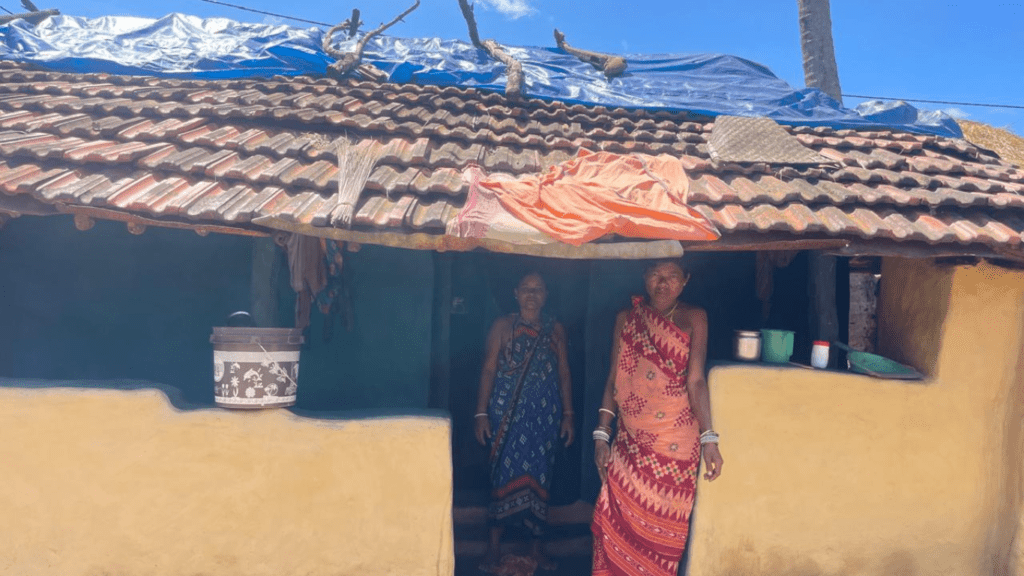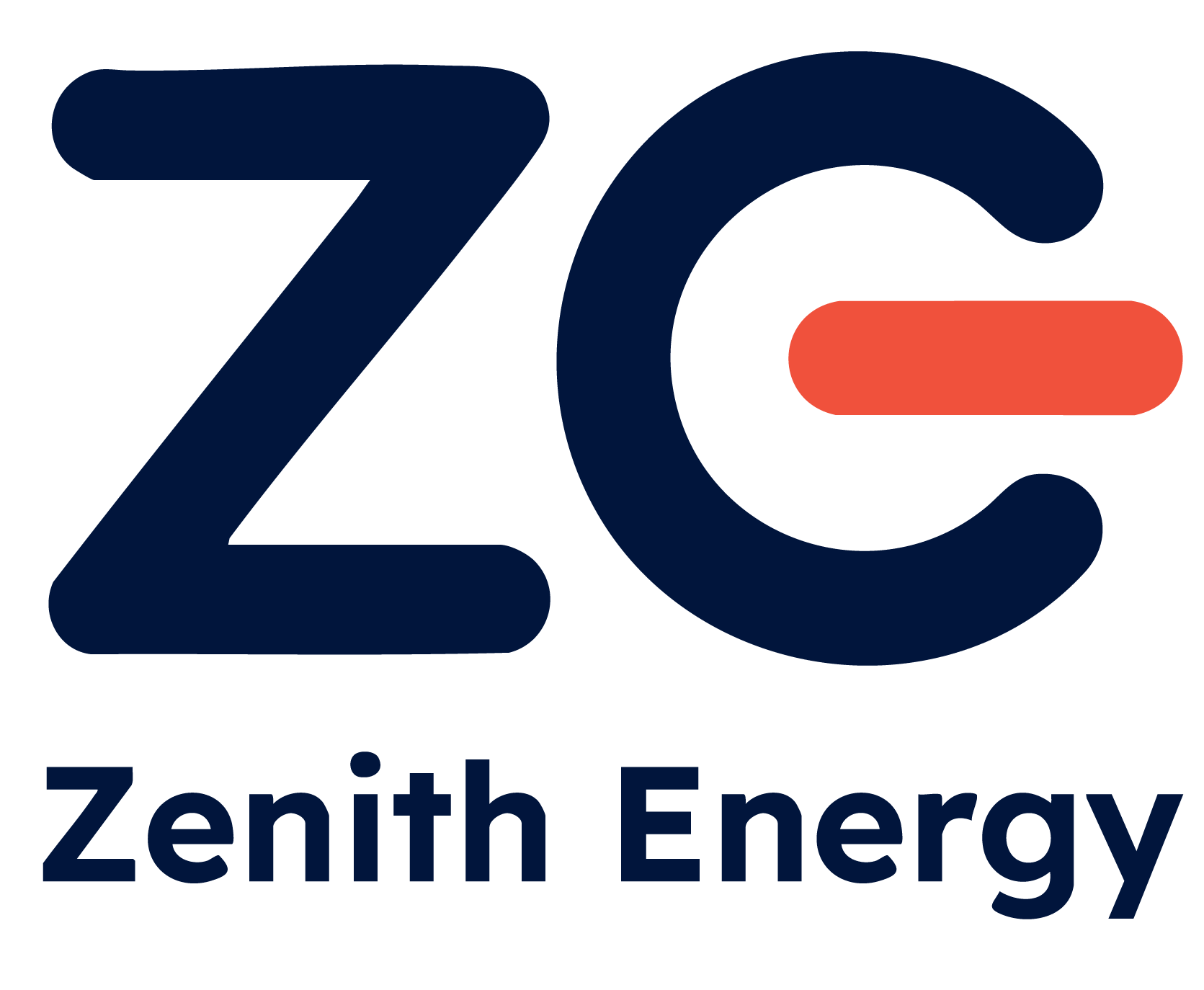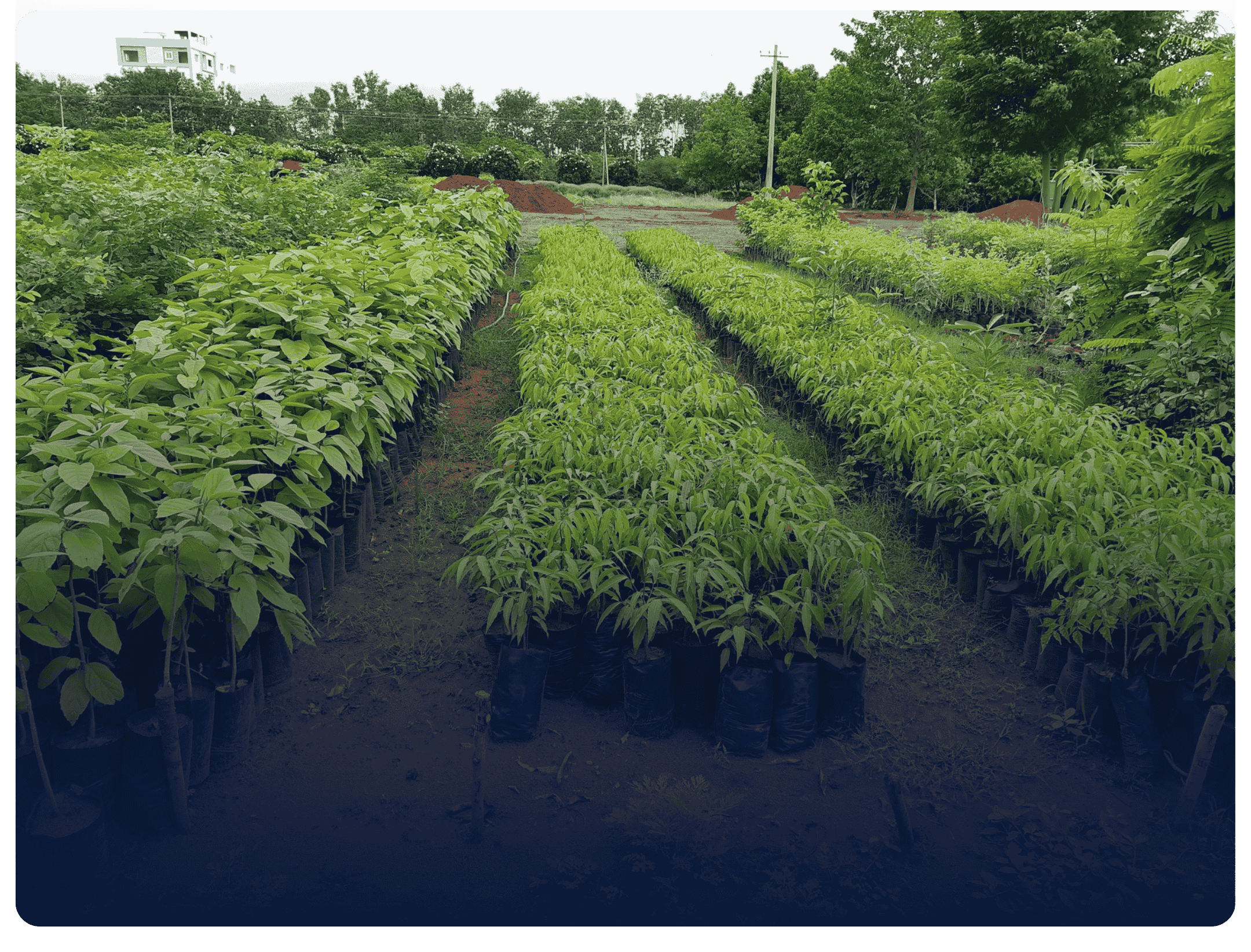Sustainable Cooking Solutions by Zenith Energy Services Pvt Ltd in Koraput, Odisha
CLIENT
Basavatarakam Indo American Cancer Hospital & Research Institute (BIACH)
SECTOR
Hospital
TECHNOLOGY
ESCO Project
Savings in Financial
terms
84 Lakhs per year
Saving in Carbon
Emissions
1800 Tons per annum
Equalvalent Trees
Plants planted
82800
Project highlight:
Updated Smilax’s outdated chiller with a high-efficiency water-cooled chiller.
Converted the conventional lighting system to energy-efficient LED lighting with smart control features.
The total investment for the project was INR 90 lakhs.
The installation process was completed within a four-month period.
Deforestation: The usage of traditional biomass stoves is regarded as a contributing factor in deforestation as a great depletion of the local forests for wood fuel takes place, thereby, threatening biodiversity.
Health Risks: There is a great inefficiency in biomass burning which has high greenhouse gas emissions as well as pollutants, hence, community members, particularly women and children who spend the most time cooking, are at risk due to significant exposure to smoke and other fumes which lead to respiratory problems amongst others.
Biomass: Around 2.6 billion people use solid biomass in most, if not all, of their cooking, which significantly leads to high indoor air pollution and other related health problems.
Zenith Energy implemented the following solutions as part of this community initiative.
Field Testing of Biomass Cookstoves: In the Koraput community, we carried out actual testing of community biomass cookstoves to see that local residents preferences were taken into consideration while lowering emissions.
Community Engagement and Education: Together with the members of the tribal community, we visited homes in order to assist in cooking and also to assist them in understanding smokeless, eco-friendly stoves and also conducted community level meeting for better understanding.
Sustainable Cooking Solution Development: We modified stove designs as per the requirements of the community which encouraged continued usage and lowered pollution indoors.
Promotion of Healthier Living Environments: Cleaner biomass stove designs were used to remediate the negative health effects of common indoor air pollution related to traditional biomass stoves among women and children.







